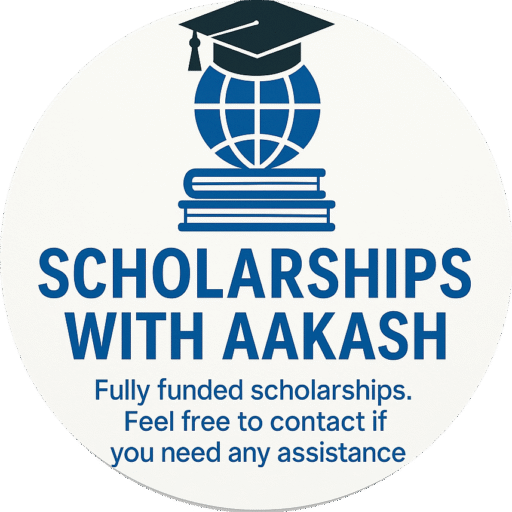Confused about which document to send when applying for jobs or academic opportunities? Understanding the difference between a CV and a resume can significantly enhance your application’s impact and help you land interviews—especially in international and specialized fields.
🧩 What Is a Resume?
A resume is a concise, one- to two-page summary of your most relevant skills, work experience, and education. The name comes from the French word résumé, meaning “summary.” Here’s what sets it apart:
- Length: Typically 1 page, up to 2 for senior roles.
- Purpose: Designed for non-academic job applications—corporate, public sector, tech, marketing, etc.
- Content: Focused on job-relevant skills, achievements, and brief work history, often using action verbs (“led,” “built,” “improved”.
- Style: Tailored and targeted for each position; optimized for both human readers and ATS with keywords.
When to Use:
- Applying for industry, private-sector, government, or NGO roles in the U.S. or Canada
- Emphasizing transferable skills and results for corporate recruiters

📚 What Is a Curriculum Vitae (CV)?
A CV (Curriculum Vitae, Latin for “course of life”) is a detailed, multi-page document that outlines your entire academic and professional history.
- Length: Varies—2 to 10+ pages; no strict limit.
- Purpose: Used for academic roles, research, grants, and international positions.
- Content Includes: Education, teaching, research, publications, presentations, grants, honors, memberships
- Style: Chronological with exhaustive detail on scholarly achievements.
When to Use:
- Applying for faculty positions, graduate studies, research- and teaching-focused roles
- Applications outside North America where CVs are the norm
- Pursuing funding requiring a full academic record

📝 CV vs. Resume: A Quick Comparison
| Feature | CV | Resume |
|---|---|---|
| Length | 2–10+ pages; open-ended | 1–2 pages; concise |
| Purpose | Academic, research, international, fellowships | Industry, corporate, startup roles |
| Content Focus | Publications, grants, teaching, research | Key skills, accomplishments, job-relevant experience |
| Customization | Minimal; usually comprehensive | Highly tailored per job; keyword-optimized |
| Geographic Use | Global academia; Europe, UK, Asia | North America standard for non-academic roles |
🌎 Regional Variations
- North America (U.S. & Canada):
- Resume for most job types
- CV for academic or research positions.
- Europe, UK, Asia, Australia:
- CV often refers to what Americans call a resume.
- Elsewhere:
- Terminology varies; when in doubt, clarify with the employer
🧩 When to Use Each Document
- Use a Resume When:
- The job is industry-focused
- You want to highlight transferable job skills
- Brevity and focus are key
- Use a CV When:
- Applying for academic, teaching, or research roles
- You’re applying for grants, scholarships, or fellowships
- A detailed scholarly background is required
🧭 Switching from CV to Resume
If transitioning from academia to industry:
- Extract key skills, accomplishments, and experiences from your CV
- Focus on results and keywords from the job description.
- Keep it to 1–2 pages; include a professional summary
- Use metrics and bullet points in Situation–Action–Result format.
🎯 Tips for Crafting Both
- Master CV: Keep a full version to draw from
- Tailored Resume: Customize per industry and role
- Formatting: Use clean fonts (Arial/Calibri, 10–12pt), clear headings.
- Proofread: Typos dilute professionalism
- Ask Clarification: If unsure, contact the hiring manager
📌 Why It Matters
Selecting the correct document demonstrates you understand the application process and can present yourself appropriately. A well-formatted resume or CV tailored to the context makes a strong impression and improves your chances of being shortlisted.
🔗 Internal & External Links
- More career tips: Scholarships with Aakash
- Europass Link: Europass
✅ Final Takeaway
Understanding the difference between a CV and a resume is crucial:
- Choose a resume for non-academic roles.
- Choose a CV for academic/research applications.
- Customize formats, styles, and length based on region and audience.
With the right document, you showcase yourself as a confident, polished candidate—whether in academia, industry, or beyond.
🙌 Support Us on Social Media
If this opportunity helped you or someone you know, please support us by clicking Subscribe or Follow on our platforms:
🔴 YouTube
📘 Facebook
📸 Instagram
🎵 TikTok
🧵 Threads
📲 WhatsApp Channel
Thank you for supporting Scholarships with Aakash 💙

